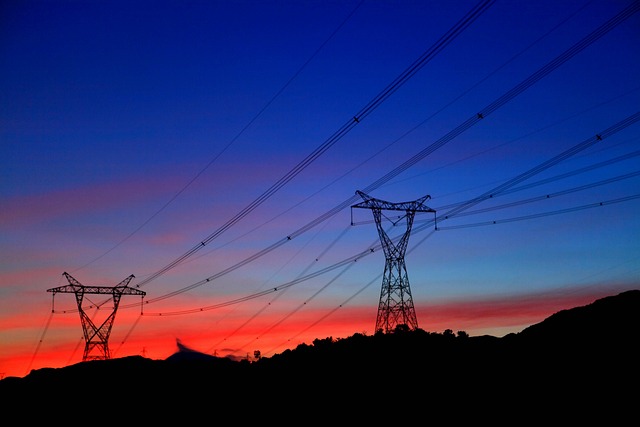The West Australian state government has revealed plans to expand the South West Interconnected System (SWIS), the power grid that stretches between Albany, Kalgoorlie and Kalbarri in Western Australia. Power generation from renewable energy sources is expected to triple in the coming decades to meet the fast-growing demand for low emissions products from the mining industry.
This would require 4,000 km of new transmission lines and entail an investment of $126 million over 20 years. The plan will support the mining and materials export economy with green energy, similar to the current gas-powered economy backed by the Dampier to Bunbury gas pipeline.
BHP’s recent move to cut emissions from a plant producing nickel sulphate for electric vehicles is indicative of the mining industry’s interest in processing minerals with renewable energy for a low-emission supply chain.
The peak demand on the SWIS, currently about 4 GW, is therefore expected to almost triple by 2042, with 7.2 GW of new loads primarily from industry in Kwinana, green hydrogen production in the Mid-West, and alumina refineries in the South West.
The SWIS estimates that a mix of battery and pumped hydro storage, gas, and long-term solar storage sources would provide the required 7.2 GW of power.
To account for the intermittency in the supply from wind and solar farms, which would be 80% of the supply mix, the required new generation capacity would be about 50 GW, according to SWIS projections.
Source: WAtoday
Image by pinkyhong138 from Pixabay

